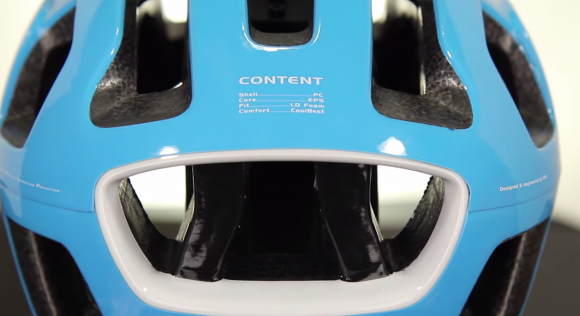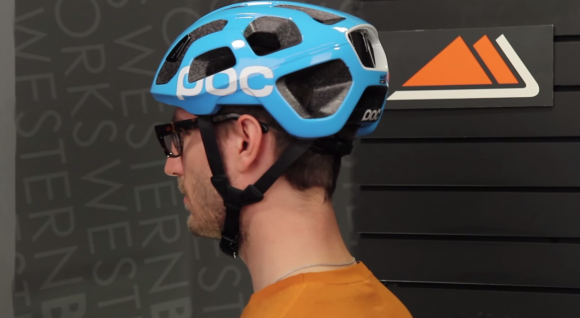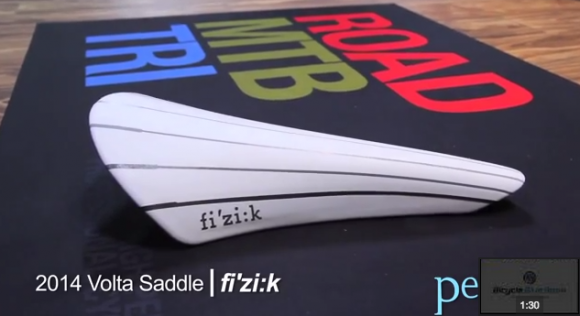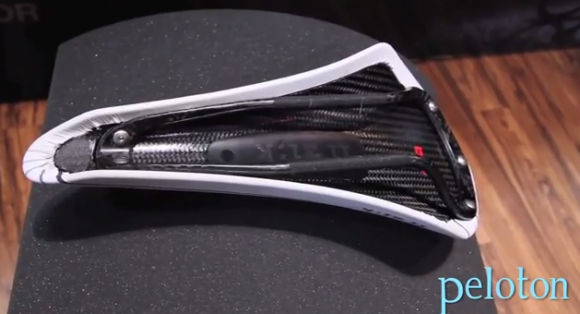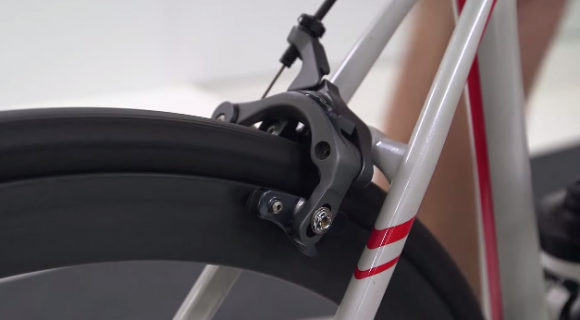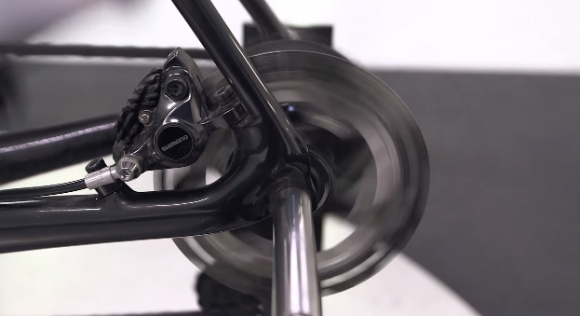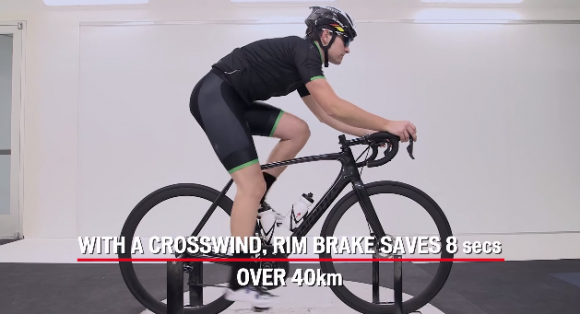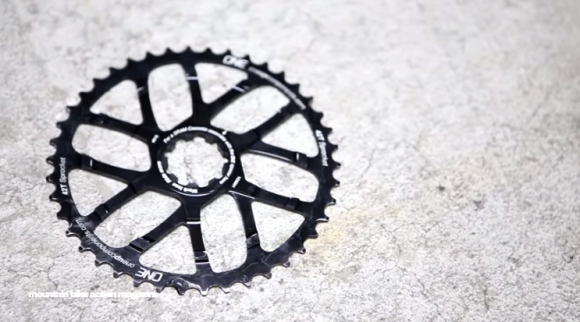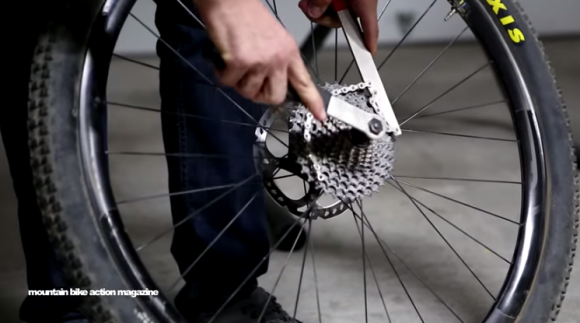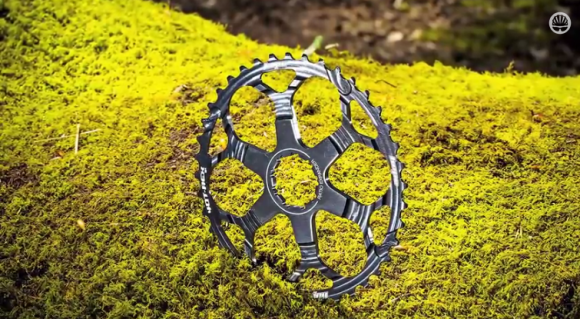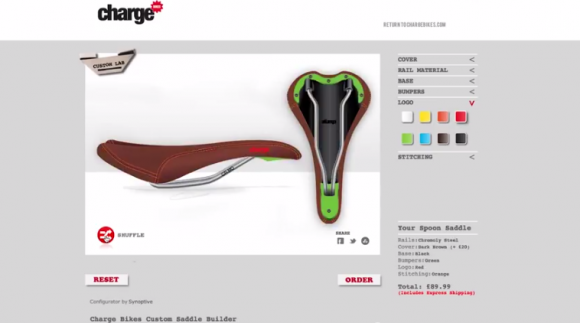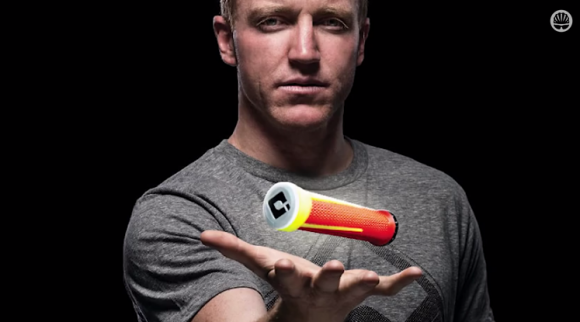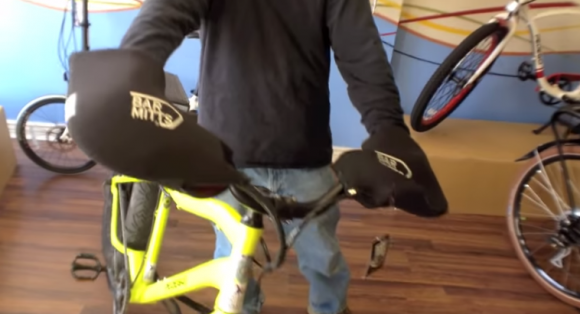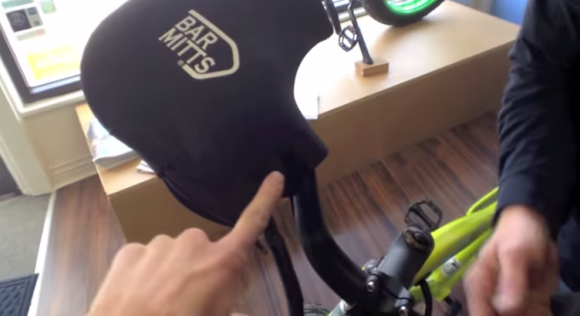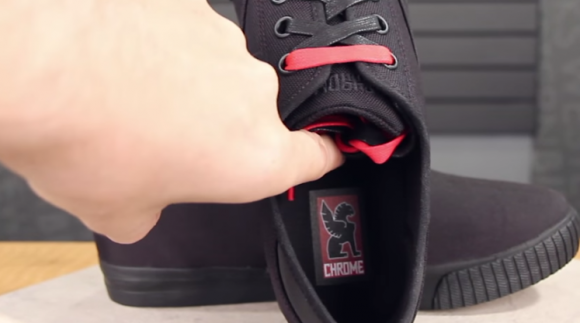Install a Hope Technology Press Fit Bottom Bracket
How to fit a press fit bottom bracket:
First, make sure all surfaces and edges are clean. Apply a small film of grease where the shells will slide in.
Take the tool, making sure you are putting the correct cup on the correct side, and slide the tool through the cup. Take a 27 mm spanner to secure the tool and an adjustable for the other side of the tool. Gently wind the tool in. When you feel the cups meet in proper positions do not try to crank further. Then, wind the nuts off to remove the tool. Now, fit the other cup with the same method using the press fit tool. Keep an eye on the edges.
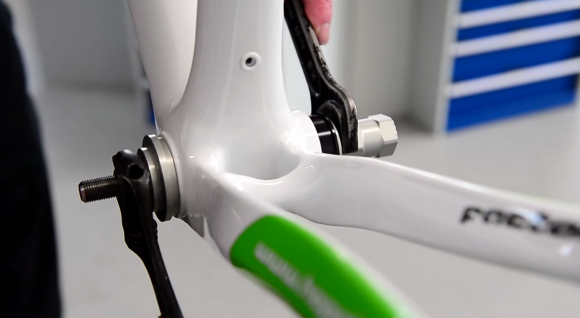
Use a 27mm Spanner and Adjustable on BB Tool to Install Bottom Bracket Cups
Take a small unit of grease to where the washer is going to sit on the center tube and threads. Use the opposite end of your tool to thread in the center tube. Make that tight. It will hold both cups in place.
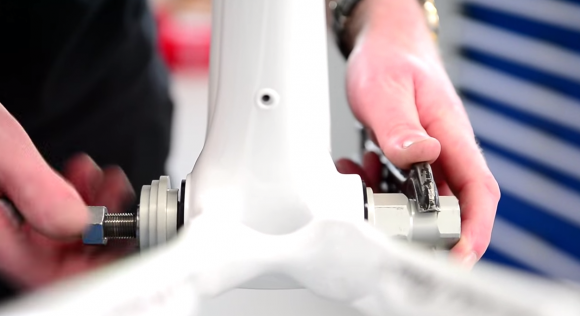
Hope Press Fit BB Tool
Now use the tool to press the bearings into place, again making sure not to go further than necessary. Apply a little bit of grease and press the seal into the groove on the bottom bracket. If you are using a spacer, use the tool again to pull the spacer into position. Remove the tool and you are good to go.


